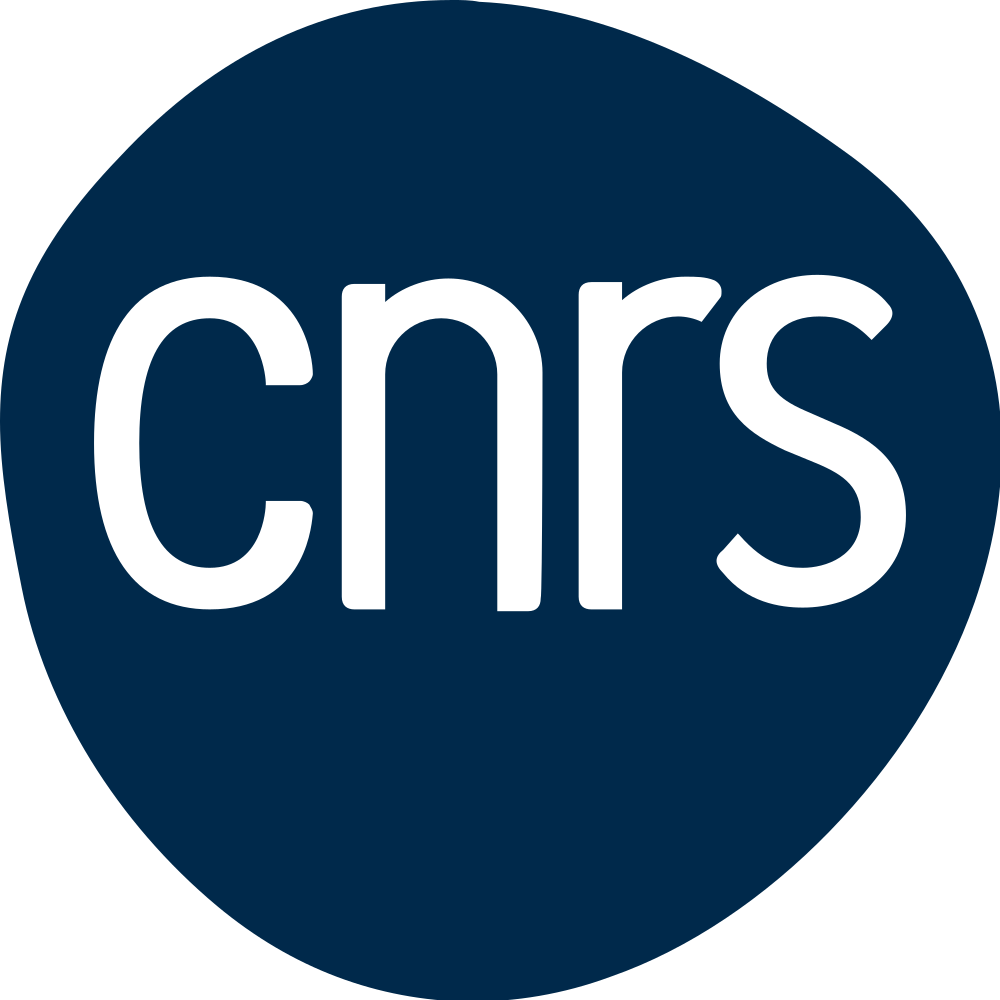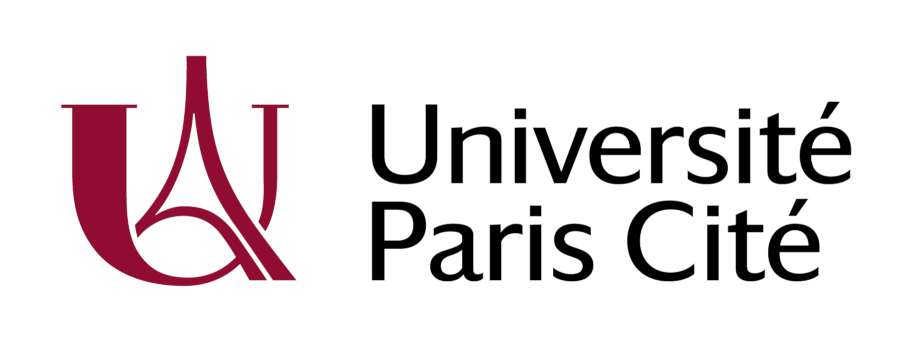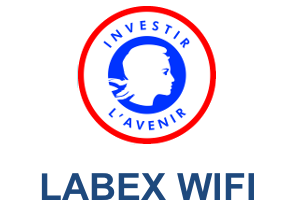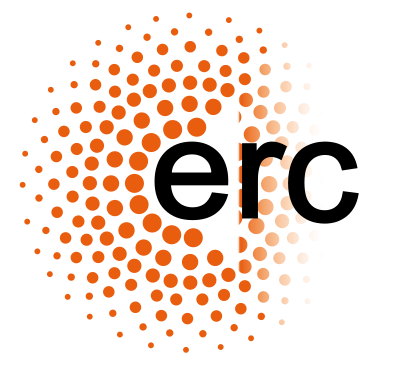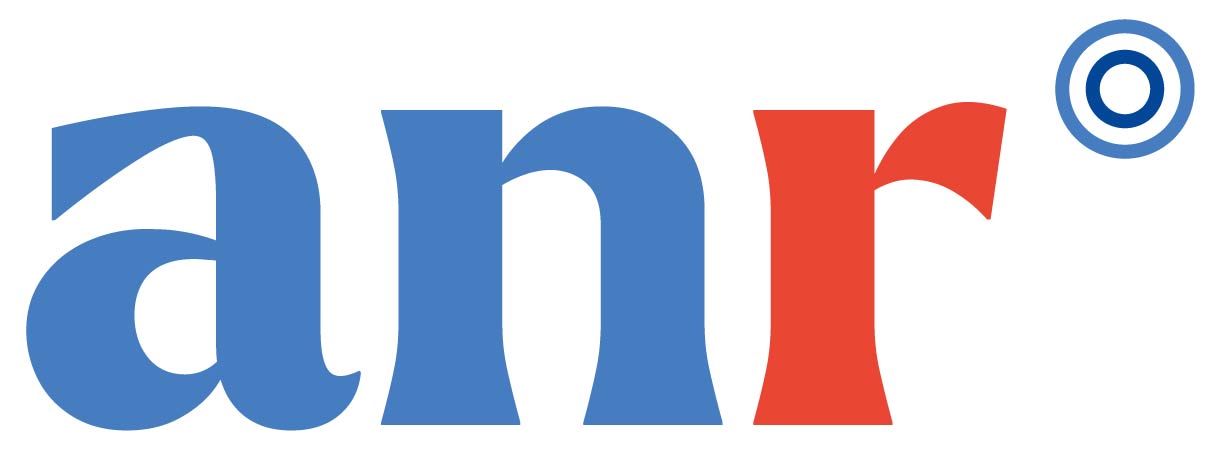Métamatériaux pour l’IRM
 |
 |
Institut Langevin - CNRS is a partener of the M-CUBE project funded by the European Commission.
At the institut Langevin we have developed the concept of metacage. It consists of volume antenna to probe B1 field of MRI. This concept is introduced in Applied Physics Letters.
Here, you can find open data related to this project.
2D simulations of volume antennas

2D simulations of the RF field of an MRI based on the Onelab mesher and finite element software(open source). This code has two objectives :
- to provide a simple simulation of a birdcage
- to understand the focusing effect of time reversal.
| Gmsh code |
|---|
Matrix estimation of the capacitive/inductive elements of a metacage
This code can be used to compute the values of the capacitor-inductance of the metacage in order that the structure resonates at the required frequency.
It is based on an original matrice approach consisting of computing all the values of capacitor-inductances that can achieve such a goal.
| Python code |
|---|

Single port open-cage optimization
Here we propose a python code which performs a join and bounded non-linear optimization of
- the leg widths
- the ring widths
- the capacitors on the legs
From this python code, the input impedance and the reflection parameter (not adapted) are worked out.
Optimization
| Python code | S-parameter |
|---|---|
Simulation with CST
Coming soon
Opencage for small animal
We made a first prototype for small animals. The results have been published in Applied Physics Letters.
Experimental Data
| S-parameter |
|---|
Images
The in-vitro images have been acquired using the gradient echo sequence (GRE) (TR/TE=200/3 ms, anisotropic voxel of 0.5 mm, an FOV of 32 mm by 32 mm by 64 mm, and a flip angle of 30°).
The in-vivo images have obtained using a spin echo sequence ( spin echo sequence is used (TR/TE=6200/30 ms, an anisotropic voxel of 0.125 mm2x0.5 mm, an FOV of 20 mm by 20 mm by 32 mm, the number of averages of 14,and the flip angle of 90°)
All the files and a python script to read them can be downloaded below
| Image code |
|---|
Simulation
The device has been optimized and tested using CST.
| S parameter | Magnetic field | CST Model |
|---|---|---|
Opencage for head
Recently we made a head-size prototype. The results are under peer-review. Raw data will be coming soon.





